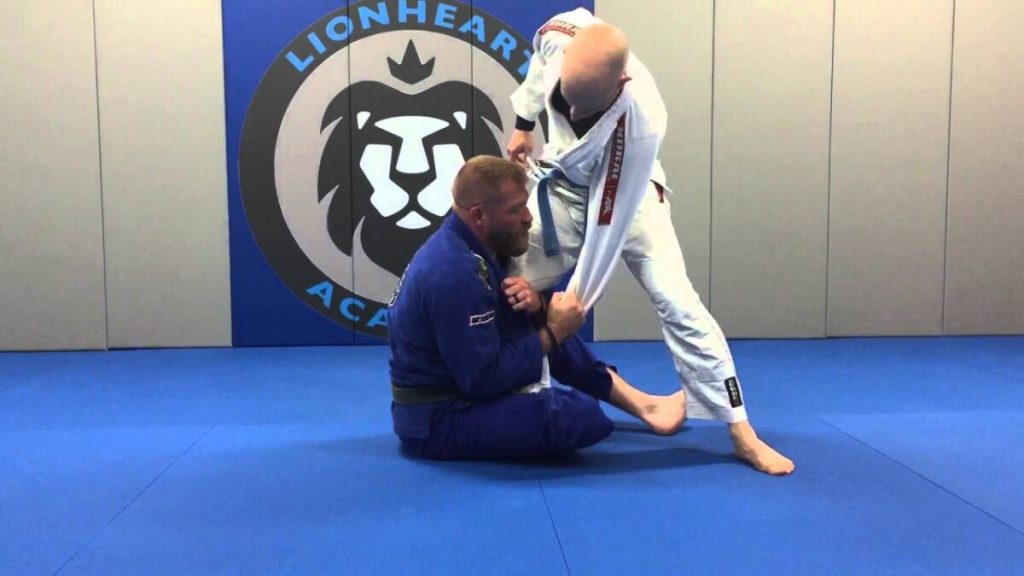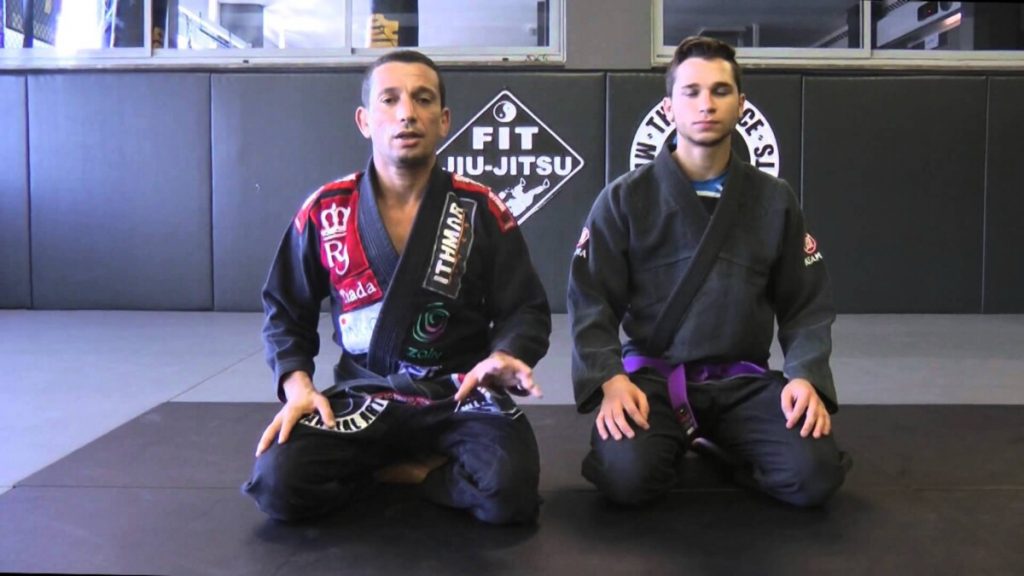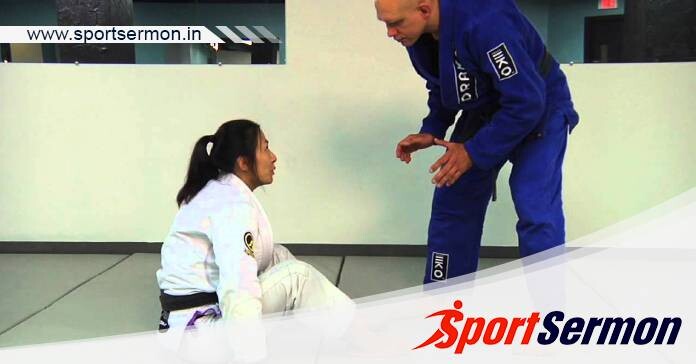BJJ Seated Guard: Brazilian Jiu-Jitsu is a martial art emphasising positional superiority and ground combat. Passing the guard is one of the most essential BJJ skills. The sitting guard, a dynamic variant in which the bottom player sits up instead of lying down, offers particular difficulties and chances. This article will examine numerous Jiu-Jitsu passing methods for the sitting guard.
Understanding The BJJ Seated Guard
The sitting guard position is fluid and versatile, giving the player on the bottom both offensive and defensive options. One must understand the sitting guard’s mechanics and objectives in order to successfully go past it. The bottom player sits upright with their legs in front and utilises their arms and legs to control distance and attack. While the top player tries to get past the guard and advance, the bottom player is more interested in sweeping, submitting, or gaining a more advantageous position.
Basic Rules For Getting Past The Seated Guard
Keeping your distance when passing the sitting guard is essential. Stay far enough to fend off sweeps and submissions while being close enough to engage. Controlling and preparing the pass depend on winning the grip battle. Maintain a rigid stance and use pressure to restrict the bottom player’s range of motion. As the scenario changes, be prepared to react and move between several passing strategies. These ideas serve as the cornerstone of an effective guard-passing tactic.
You might also be interested in reading this: Wrist Control In BJJ: What Is Its Importance?
Methods For Getting Past The BJJ Seated Guard

There are several ways to get around the seated guard. When practising BJJ techniques, you may choose from a range of options depending on the situation. It’s important to keep in mind that as long as you understand the fundamental concepts you use, guard passing may be as dynamic as you wish. You can select one of the options given below if you want to bypass the seated guard. You’ll observe that some of these techniques may be applied while supine (laying on one’s back).
1) Knee-Cut Pass
A time-tested and reliable method of getting past the sitting guard is the knee cut or knee slice pass. Take firm hold of the knee or the collar and sleeve. Step in and slice through the defence by sliding your knee over the opponent’s leg. A good knee-cut pass creates an opportunity for pinning to take control of the situation. The knee-cut pass is a formidable weapon in your passing toolbox but demands accuracy and timing.
2) X Pass
A rapid and dynamic pass that may be utilised against a sitting opponent is the X pass. Take control of your opponent’s legs and build a solid foundation. After clearing the legs with an “X” motion with your legs, turn around to side control or take the back. The X pass is very useful for defending and attacking against opponents who use aggressive leg movements.
3) Long Step Pass
With a wide stepping action, the long stride pass is a potent approach to get past the sitting guard. Take possession of your opponent’s upper body or legs, take a deep step back with one leg, drag your opponent’s legs in the other direction, and then transition to side control or another dominating position. The long step pass may be utilised to catch an opponent off guard and drastically alter the course of the game.
4) Toreando (Bullfighter) Pass
A traditional pass that may be modified for the sitting guard is the toreando pass. Grab the opponent’s trousers or ankles, advance laterally, and press the opponent’s legs to the side using a bullfighting action before passing to side control or another advantageous position. Although the toreando pass calls for quickness and coordination, it can be a very powerful passing move.
5) Leg Drag Pass
The leg drag pass is adaptable and may be applied to sitting guards as well as other guard postures. Control an opponent’s leg by dragging it across your body to hold it down, then grab side control or the back. Though a complex technique that takes some practice, the leg drag pass provides superb control and passing options.
Strategic Points to Ponder

Precise timing and rapid technique switching are needed to get past the sitting guard. To fend against sweeps and counters, keep a solid basis and equilibrium. Recognise your adversary’s moves and be prepared to repel their assaults. Passing the guard may take some time, especially when against a competent opponent. Be patient and keep an eye out for opportunities. Guard passing success may be largely dependent on your ability to recognise your opponent’s habits and adjust your approach appropriately.
Typical Errors
A single pass shouldn’t be overcommitted since it might result in a counter or sweep. To avoid being drawn into a vulnerable position, keep a straight stance. Lack of attention to the grip struggle might result in losing control and unsuccessful pass attempts. You can pass the sitting guard more successfully by being aware of these typical errors and actively attempting to avoid them.
Practise and Drilling
Like any other BJJ skill, passing the sitting guard requires consistent drilling and practise. You can learn new things and develop fresh views by working out with training partners who have a variety of skills and physical characteristics. Pay close attention to the details of each technique, and don’t be afraid to seek guidance from instructors or more experienced practitioners. By participating in situational training and live sparring, you may put the skills into practice in the actual world. Your self-assurance and expertise will rise as a result.
In BJJ, getting through the sitting guard is a tricky technique that requires a combination of technical skill, strategic thought, and physical might. The process is difficult and rewarding, requiring expertise in a variety of passing movements as well as awareness of the dynamics of the sitting guard.
Learning to pass the sitting guard can help you handle and outperform opponents in a variety of situations, which will help you enhance your BJJ skills. By focusing on ideas like distance control, grip fighting, pressure, and adaptability and mastering moves like the knee cut, X pass, long step, Toreando, and leg drag, you may create a detailed and practical approach for getting past the sitting guard.
Remember that repetition and practice are crucial. To develop confidence and expertise in getting beyond the sitting guard, practise the methods with training partners, drill them, and use them in real-world fighting. It is an ongoing learning and development process that reflects the elegance and complexity of Brazilian Jiu-Jitsu.
This is how to escape the BJJ seated guard. Let us know your thoughts in the comment section below.

